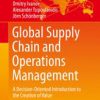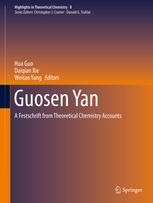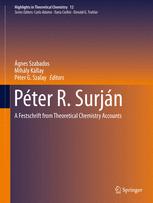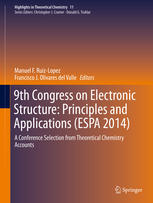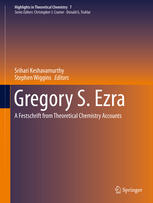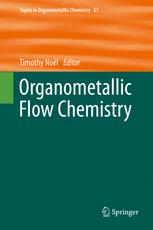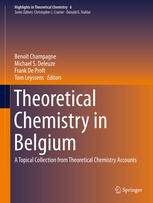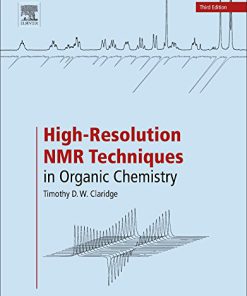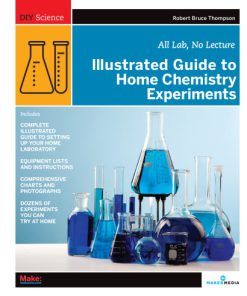Accounts on Sustainable Flow Chemistry 1st edition by Timothy Noël, Rafael Luque 3030365721 9783030365721
$50.00 Original price was: $50.00.$25.00Current price is: $25.00.
Accounts on Sustainable Flow Chemistry 1st edition by Timothy Noël, Rafael Luque – Ebook PDF Instant Download/DeliveryISBN: 3030365721, 9783030365721
Full download Accounts on Sustainable Flow Chemistry 1st edition after payment.
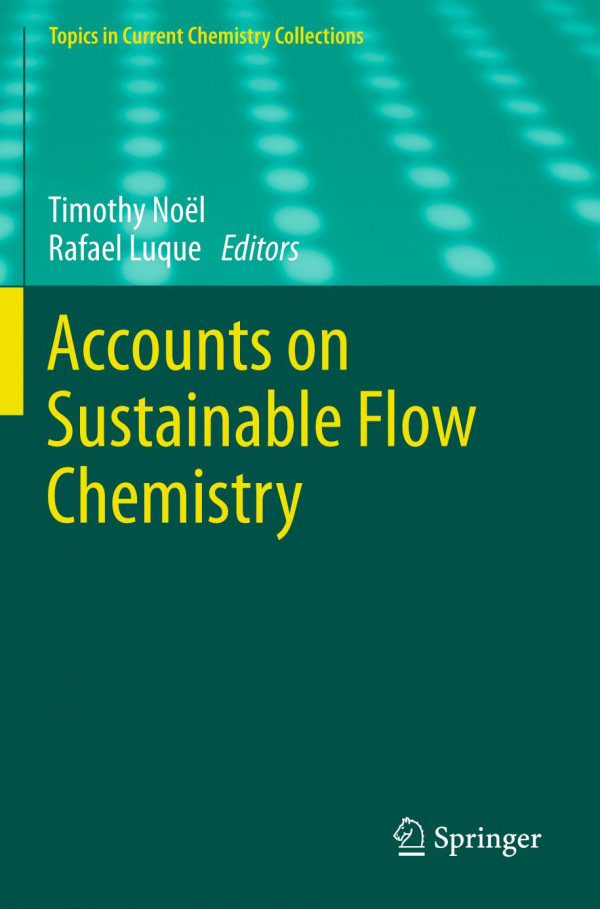
Product details:
ISBN-10 : 3030365721
ISBN-13 : 9783030365721
Author: Timothy Noël, Rafael Luque
The series Topics in Current Chemistry Collections presents critical reviews from the journal Topics in Current Chemistry organized in topical volumes. The scope of coverage is all areas of chemical science including the interfaces with related disciplines such as biology, medicine and materials science. The goal of each thematic volume is to give the non-specialist reader, whether in academia or industry, a comprehensive insight into an area where new research is emerging which is of interest to a larger scientific audience. Each review within the volume critically surveys one aspect of that topic and places it within the context of the volume as a whole. The most significant developments of the last 5 to 10 years are presented using selected examples to illustrate the principles discussed. The coverage is not intended to be an exhaustive summary of the field or include large quantities of data, but should rather be conceptual, concentrating on the methodological thinking that will allow the non-specialist reader to understand the information presented. Contributions also offer an outlook on potential future developments in the field.
Accounts on Sustainable Flow Chemistry 1st Table of contents:
Solar Photochemistry in Flow
Abstract
1 Introduction
2 Historical Perspective
3 Solar Radiation
3.1 Solar Constant
3.2 Spectral Distribution of the Extraterrestrial Solar Irradiance
3.3 Spectral Distribution of the Ground Solar Irradiance
3.4 Diffuse Solar Radiation
3.5 Solar Productivity Metrics
4 Reactor Designs
4.1 Solfin
4.2 SOLARIS and PROPHIS
4.3 MPI Line-focusing Reactor
4.4 Sunflow and Similar Design
4.5 Compound Parabolic Concentrator-based Reactors (CPC)
4.6 Luminescent solar concentrator-photomicroreactor (LSC-PM)
4.7 Outlook
Acknowledgements
References
Supported Catalysts for Continuous Flow Synthesis
Abstract
1 Introduction
2 Heterogenous Catalysis in Flow
3 Use of Supported Organocatalysts in Heterogeneous Flow Catalysis
4 Use of Supported CatalystsReagents in Continuous-Flow Kinetic Resolutions
5 Use of Supported Organometallic Catalysts in Heterogeneous Flow Catalysis
6 Use of Wall-Coated Approaches in Heterogeneous Flow Catalysis
7 Conclusions
References
The Use of Molecular Oxygen for Liquid Phase Aerobic Oxidations in Continuous Flow
Abstract
1 Introduction
2 Process Aspects
2.1 Mass and Heat Transfer
2.2 Technology
2.3 Using Diluted O2
2.4 Ability to Use Pure O2
2.5 Scale-up and Manufacture
3 Homogeneous Catalysis
3.1 Pd-Catalyzed Reactions
3.2 Cu-Catalyzed Reactions
3.3 Miscellaneous
4 Heterogeneous Catalysis
5 Uncatalyzed Reactions
6 Organomagnesium and Organolithium Reagents
7 Membrane Technologies
7.1 Tube-in-Tube Reactor
7.2 Tube-in-Shell Reactor
7.3 Dual- and Triple- Channel Microreactor
8 Photochemistry and Singlet Oxygen
9 Electrochemistry
10 Green Solvents
10.1 Carbon Dioxide
10.2 Water
11 Novel Reactor Developments
12 Conclusion
Acknowledgements
References
Sustaining the Transition from a Petrobased to a Biobased Chemical Industry with Flow Chemistr
Abstract
1 Introduction
2 Commodity and Other Large-Scale Industrially Relevant Building Blocks
2.1 Solvents
2.1.1 Alkanes
2.1.2 Alcohols
2.1.3 Ethers
2.1.4 Lactones
2.1.5 Cyclic Carbonates
2.1.6 Aromatics
2.2 Monomers
2.2.1 Olefins
2.2.2 Diols
2.2.3 Lactide
2.2.4 FDCA
2.3 Other Important Olefinic Building Blocks
3 Specialty, Fine, and Niche Chemicals
3.1 Specialty Monomers
3.2 Building Blocks for the Agrochemical and Pharmaceutical Industries
3.2.1 Carbonyls
3.2.2 N-Heterocycles
3.2.3 O-Heterocycles
3.3 Other High Value-Added Targets
4 Fuels and Additives
4.1 Derivatives of Glycerol
4.2 Derivatives of Levulinic Acid
4.3 Derivatives of HMF and Furfural
5 Conclusion and Perspectives
Acknowledgements
References
Continuous-Flow Microreactors for Polymer Synthesis: Engineering Principles and Applications
Abstract
1 Introduction
2 Mass Transport Phenomena in Polymerization Processes
2.1 Mixing Characteristics in Homogeneous Polymerization Processes
2.2 Mass Transfer in Heterogeneous Polymerization Processes
3 Heat Transfer and Energy Dissipation in Polymerization Processes
4 Polymerization in Continuous-Flow Microreactors
4.1 Homogeneous Polymerization
4.1.1 Free Radical Polymerization
4.1.2 Living Polymerization
4.1.2.1 Cationic Polymerization
4.1.2.2 Anionic Polymerization
4.1.3 Controlled Radical Polymerization
4.1.3.1 ATRP Processes
4.1.3.2 RAFT Processes
4.1.3.3 NMP Processes
4.1.4 Polycondensation
4.2 Heterogeneous Polymerization
4.2.1 Free-Radical Polymerization Preparing Polymer Microspheres with Controllable Morphologies
4.2.2 Controlled Living Polymerization for Synthesis of Functional Polymers
4.2.3 Catalyzed Polymerization
4.2.4 Channel Clogging Issue Solved by Heterogeneous Operations
4.3 Photopolymerization in Microreactors
4.3.1 Photo-induced Radical Polymerization
4.3.2 PhotoRAFT Processes
4.3.3 Other Photopolymerization Processes in Microreactors
5 Challenges and Remarking Conclusions
People also search for Accounts on Sustainable Flow Chemistry 1st:
sustainable flow chemistry
sustainability flow chart
sustainable flow chemistry methods and applications
acs sustainable chem
a perspective on continuous flow chemistry in the pharmaceutical industry
Tags: Accounts, Sustainable, Flow Chemistry, Timothy Noël, Rafael Luque
You may also like…
Chemistry
Isaiah Shavitt: A Memorial Festschrift from Theoretical Chemistry Accounts 1st Edition Ron Shepard
Chemistry - Organic Chemistry
High-Resolution NMR Techniques in Organic Chemistry 3 ed. 3rd Edition Claridge Timothy D.W.
Children's Books - Growing Up & Facts of Life
Illustrated guide to home chemistry experiments all lab no lecture Thompson



